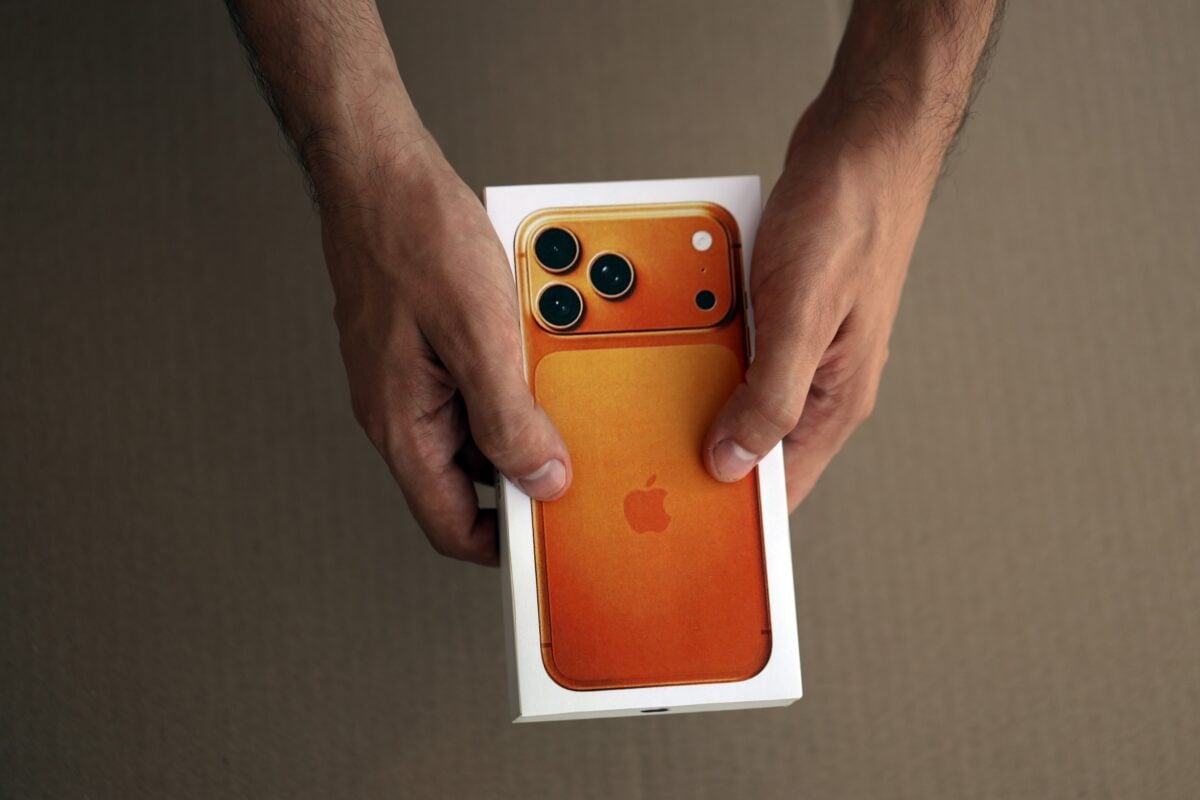TLDRs;
- Chinese consumers showed stronger interest in iPhone 17 Pro than new Air.
- eSIM-only design limits Air adoption amid slow carrier readiness in China.
- Local brands intensify competition, making Air’s launch less impactful.
- Telecom infrastructure and smooth activation crucial for future eSIM growth.
Apple’s latest device, the iPhone Air, made its debut in China on Wednesday, but the launch has been met with a quieter-than-expected reception.
Unlike previous iPhone releases that drew long lines and high enthusiasm, the Air struggled to capture the immediate attention of Chinese shoppers, many of whom gravitated instead toward the iPhone 17 Pro.
Priced at 7,999 yuan (approximately US$1,100), the iPhone Air stands out for its eSIM-only design, eliminating the traditional physical SIM card slot. While this mirrors Apple’s strategy in markets like the United States, eSIM adoption in China has lagged behind, limiting the appeal of the Air.
On launch day in major cities such as Beijing and Shanghai, stores reported minimal queues, and although some color options sold out quickly, the device was generally available for immediate purchase.
iPhone Air Launch Receives Muted Response
The Air’s softer debut highlights the challenges Apple faces in the Chinese market. After seven quarters of declining revenue in the region, Apple has seen some recent sales growth, yet the launch of a new model that relies exclusively on eSIM technology exposed infrastructure and consumer readiness gaps.
Many customers still prefer the more established iPhone 17 Pro, which offers familiar connectivity options and a proven track record.
eSIM-Only Model Faces Adoption Hurdles
China’s major carriers like China Mobile, China Unicom, and China Telecom, received commercial approval for eSIM trials just nine days prior to the Air launch.
While eSIM smartphone shipments are expected to reach 17 million units in 2026, this represents only a fraction of the total market. Regulatory constraints, cumbersome activation processes, and ongoing network trials contributed to early adoption hurdles for the Air.
Analysts note that smooth activation and simplified workflows will be critical if eSIM-only models are to gain traction in China.
The iPhone Air officially launched in China today, but enthusiasm was lower than for the iPhone 17 series debut. In the resale market, the iPhone Air has the lowest premium among new iPhones, with some scalpers offering it at less than CNY100 (USD14) above retail. @Apple pic.twitter.com/1bwQy81hbk
— Yicai 第一财经 (@yicaichina) October 22, 2025
Local Brands Intensify Market Competition
Apple’s iPhone Air also faces fierce competition from local smartphone manufacturers, including Huawei, Xiaomi, Oppo, Vivo, and Honor.
Recent flagship launches from these brands have offered competitive specifications at aggressive price points, making it harder for Apple’s mid-tier offering to stand out.
Industry observers suggest that the Air’s launch timing, paired with consumer preference for higher-end models like the iPhone 17 Pro, further dampened its immediate appeal.
Telecom Infrastructure Shapes Early Sales
Experts indicate that the Air’s performance in China underscores the critical role of telecom infrastructure in new device rollouts. Mobile Virtual Network Operators (MVNOs) and retail chains must simplify eSIM activation processes to support growth.
This includes integrated electronic KYC, number porting APIs, and seamless onboarding for mobile payment applications. Companies that establish early partnerships with carriers on eSIM standards may position themselves advantageously for the broader market wave expected by 2030.
Despite its tepid launch, Apple remains optimistic about the iPhone Air’s potential in China. As carrier readiness improves and consumer familiarity with eSIM grows, the Air could see stronger adoption in the months ahead. However, for now, it appears the iPhone 17 Pro continues to dominate the attention and wallets of Chinese buyers.





